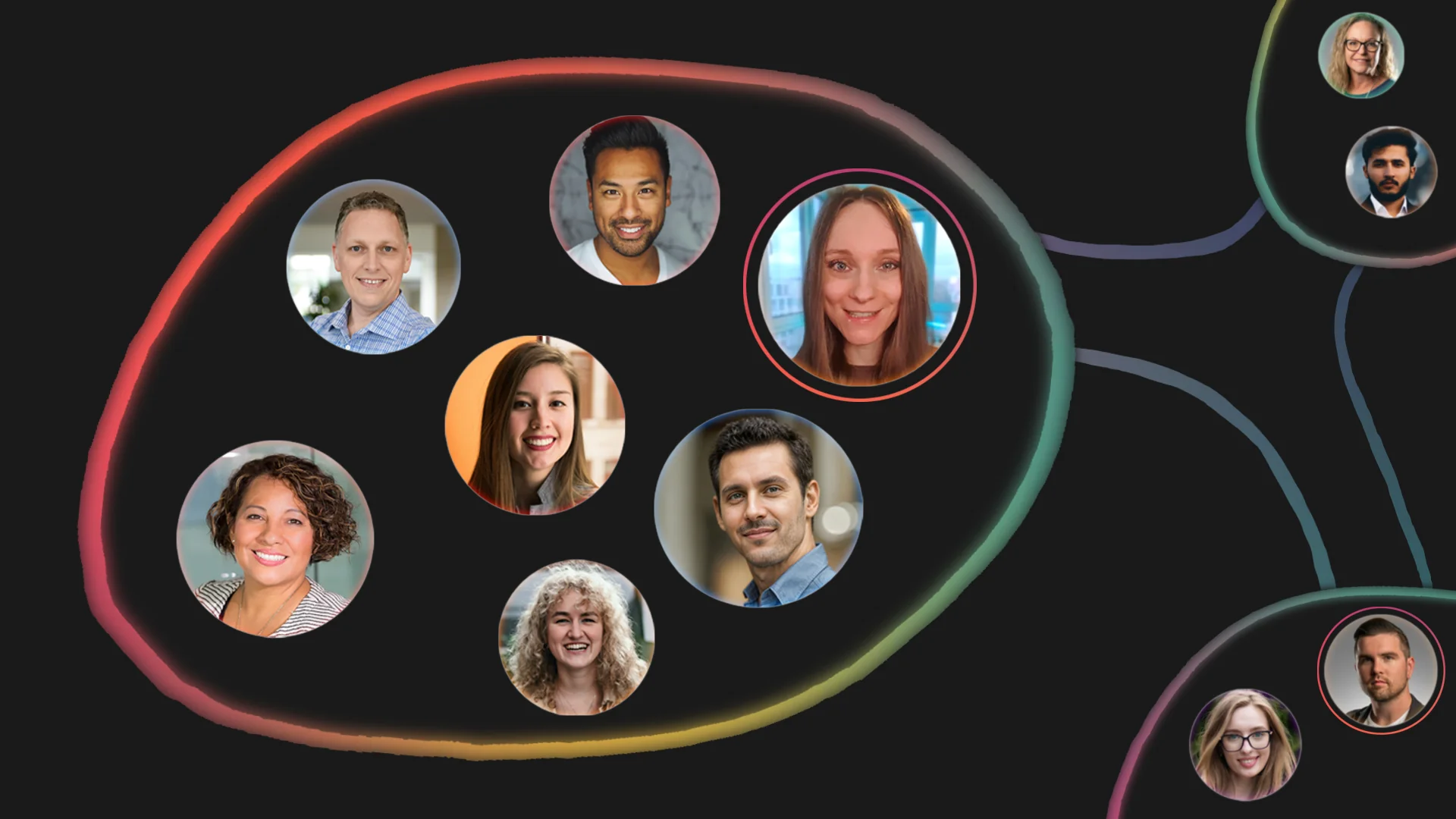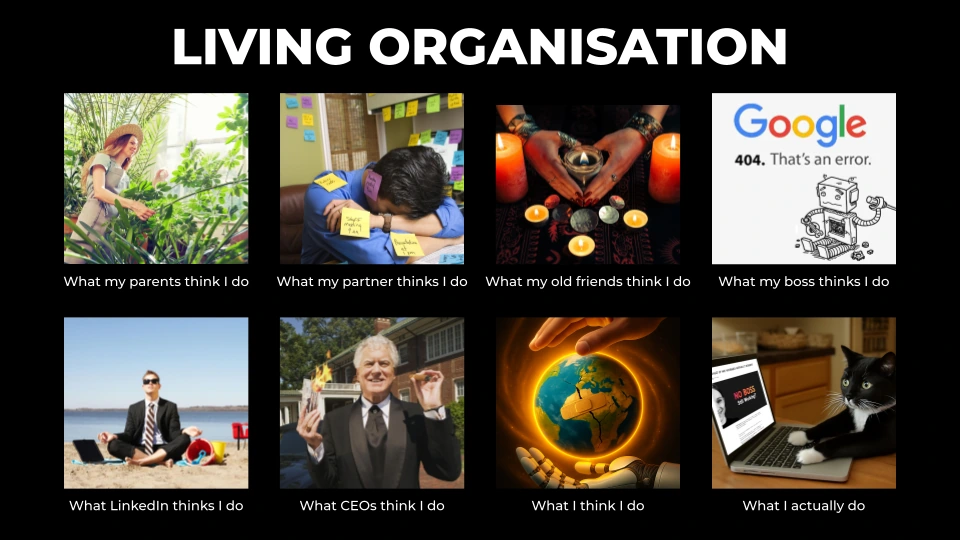We scroll, we pause – something resonates. But instead of hitting the like emoji, we hesitate: What if my boss sees my reaction to this post? 😳
A few days ago, someone told me they felt a bit nervous to like a post of mine – the one that asked, What if you worked without a boss? That stuck with me.
Why should wanting more ownership, more innovation, more space to grow feel risky?
Why should it take courage to support the idea of people leading themselves?
Here’s the thing – for someone to even consider engaging with my thought experiment, they must have had some realizations.
Maybe it’s the realization that today's world is characterized by complexity, rapid change, and global interconnectedness. You still with me? Ok, so far so realized.
Maybe it’s the insight that this complexity cannot be managed through control, rigid hierarchies, or bureaucratic systems. Because these traditional structures are unable to adapt quickly enough. You still there?
Ok, maybe it’s the revelation that this adaptability only emerges where teams have ownership, autonomy, and creative freedom. And that this ownership gets unlocked through the sense of purpose, belonging, and the chance to grow.
In short: The realization that new forms of collaboration are what we need to meet today’s dynamics.
I see people and organizations craving (!) growth, innovation, transformation, creativity. But if that’s true – we need to act.
Yes, my heart beats significantly faster right before I hit publish on an article where I explore how working without a boss might unfold. Yes, I sometimes worry people might skim the headline and not engage more deeply. Yes.
And still – there’s this inner urge: I need to publish despite the butterflies.
Of course, my articles won’t resonate with everyone. Some have built their professional reputation around status or prestige. Some find comfort in fixed job descriptions or prefer the command-and-control management style. And I get it. If I imagine myself with direct authority or decision-making power for years… I might also feel uneasy about letting go.
But at the same time, I believe that organizations only really come alive when people feel safe to speak up and do what actually matters to them.
I’m aware that this takes trust in people’s ability to self-organize, make decisions, and learn as they go.
It takes leaders who are secure enough to let go of control and embrace the first messy and then, eventually, creative energy that comes when people truly own their work.
If you’ve read any of my writing, you already know: It’s not about getting rid of bosses. It’s about creating organizations where everyone leads and thrives.
And now I publish this – butterflies and all.











